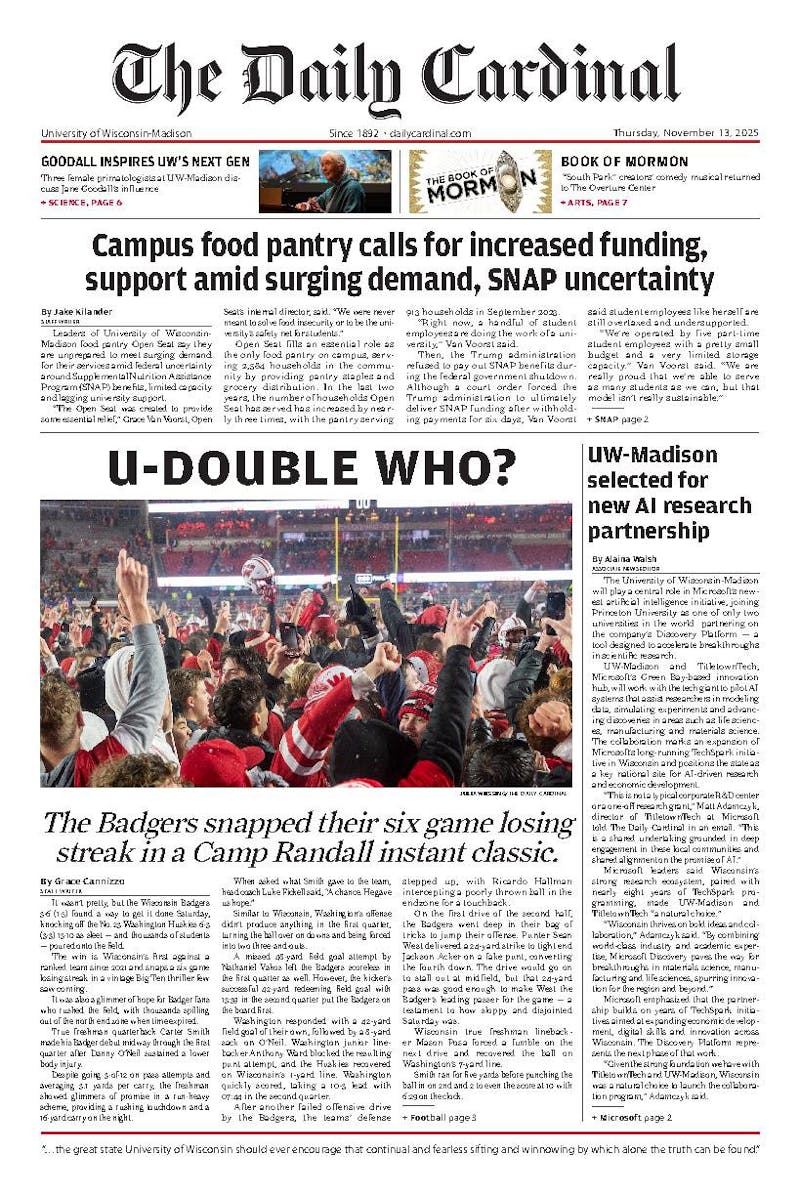At Moto, a Chicago restaurant, customers might receive a piece of pie with ice cream levitating above it, or a small pill that releases the flavor of a roast leg of lamb, showing potential for science in the kitchen. TV shows like 'America's Test Kitchen' and 'Alton Brown's Good Eats' also bring a scientific approach to determining the very best technique and formula for a particular dish.
Examples such as these make blending food science and cooking appear normal. However, 20 years ago, when Harold McGee published his first book, 'On Food and Cooking: The Science and Lore of the Kitchen,' culinary science was still a novel idea.
He described his interest in the subject as beginning 'by accident through a question from a friend in grad school about why beans give us gas.'
McGee, now a world-renowned expert of food chemistry, has written seven books and numerous articles on the history and science of food. His writing delves into the molecular level of food to explain why it behaves in the interesting ways it does.
Tonight at 7:30 p.m., Harold McGee will give a free on-campus lecture entitled 'Playing With Food: Three Centuries of Science in the Kitchen.'
Professor Bassam Shakhashiri, director of the Wisconsin Initiative of Literary Science, one of the sponsors of the event, invited McGee to give this lecture because the 'combination of his writing skills and science knowledge is really outstanding.'
'We want to emphasize the links between science, the arts and humanities,' Shakhashiri said. The Center for the Humanities also sponsors the event for this reason.
McGee's educational background makes him particularly capable of integrating the different fields. Shakhashiri stated that McGee obtained a science degree from Caltech and a PhD in English from Yale. After teaching writing for several years, McGee began to practice what he preached.
McGee wrote 'On Food and Cooking' in 1984 and revised it in 2004. This nearly 900-page book serves as more of a reference book than a quick read. Regarded as the bible of food ingredients, his book is used by frustrated and inquisitive cooks alike seeking a deeper understanding of food. However, McGee also stated that a shorter version will soon come out for the more practical minded.
The revised edition has won numerous awards, and McGee was named Bon Appetit magazine's food writer of the year in 2005.
Topics in the book include scientific explanations of many food phenomena. The chapter on dairy explains the rich and intricate flavor of cheese. McGee explains that enzymes added to milk break the proteins and fat into a wide range of flavor compounds. Some of these compounds include putrecine, the rotting flavor, and trimethylamine, the fish flavor. The flavors don't sound appetizing, but in very small quantities they can enhance and balance the overall flavor of cheese.
A chapter on vegetables explains, among other topics, the mystery behind the funky urine odor many experience after eating a hearty serving of asparagus.
Shakhashiri, who has known McGee for '20-some years,' notes the importance of McGee's work.
'We have a common interest, namely to communicate science to the public, and he does it though cooking,' he said.
Those interested in learning about the scientific mysteries of cooking should attend McGee's lecture tonight.





